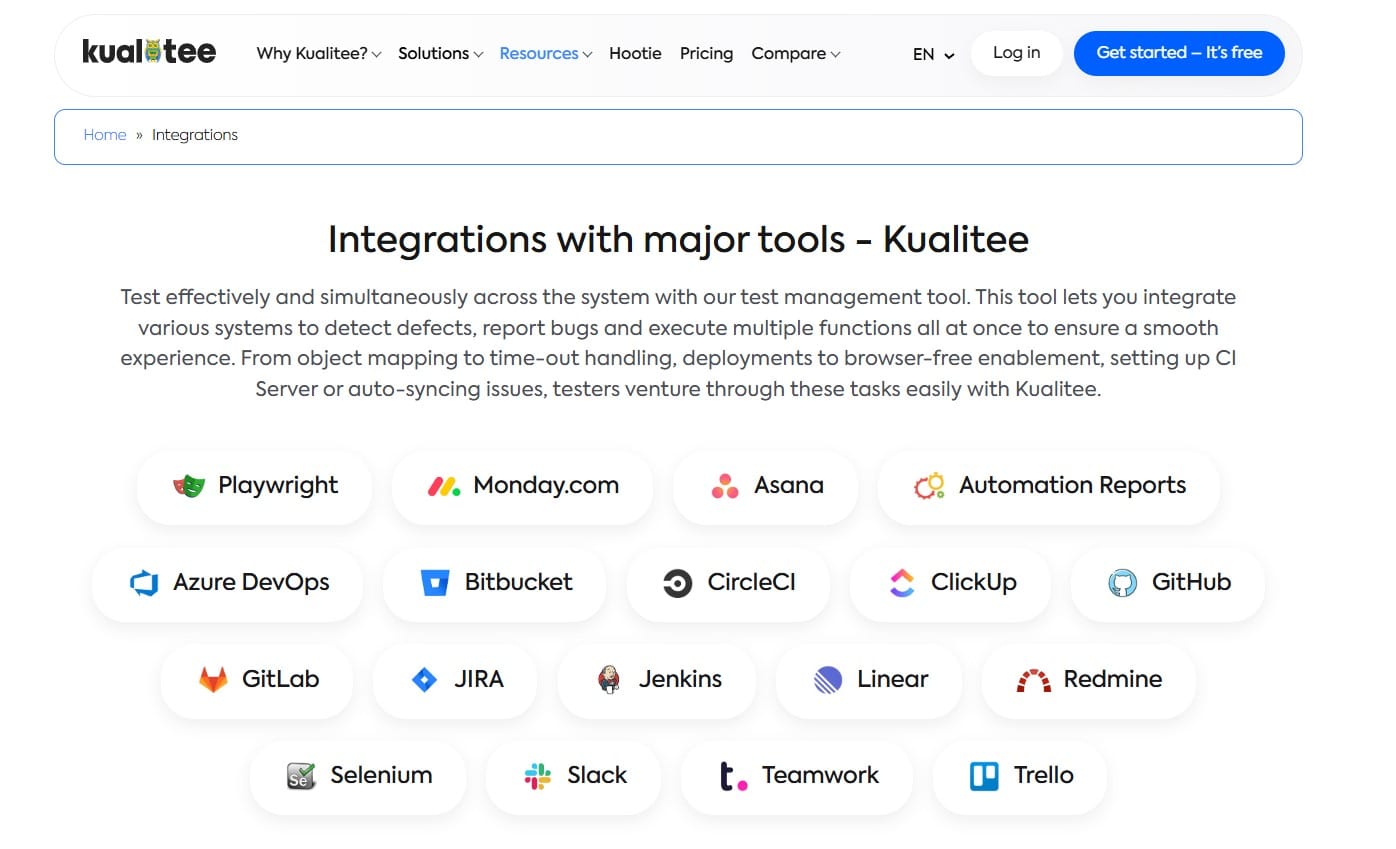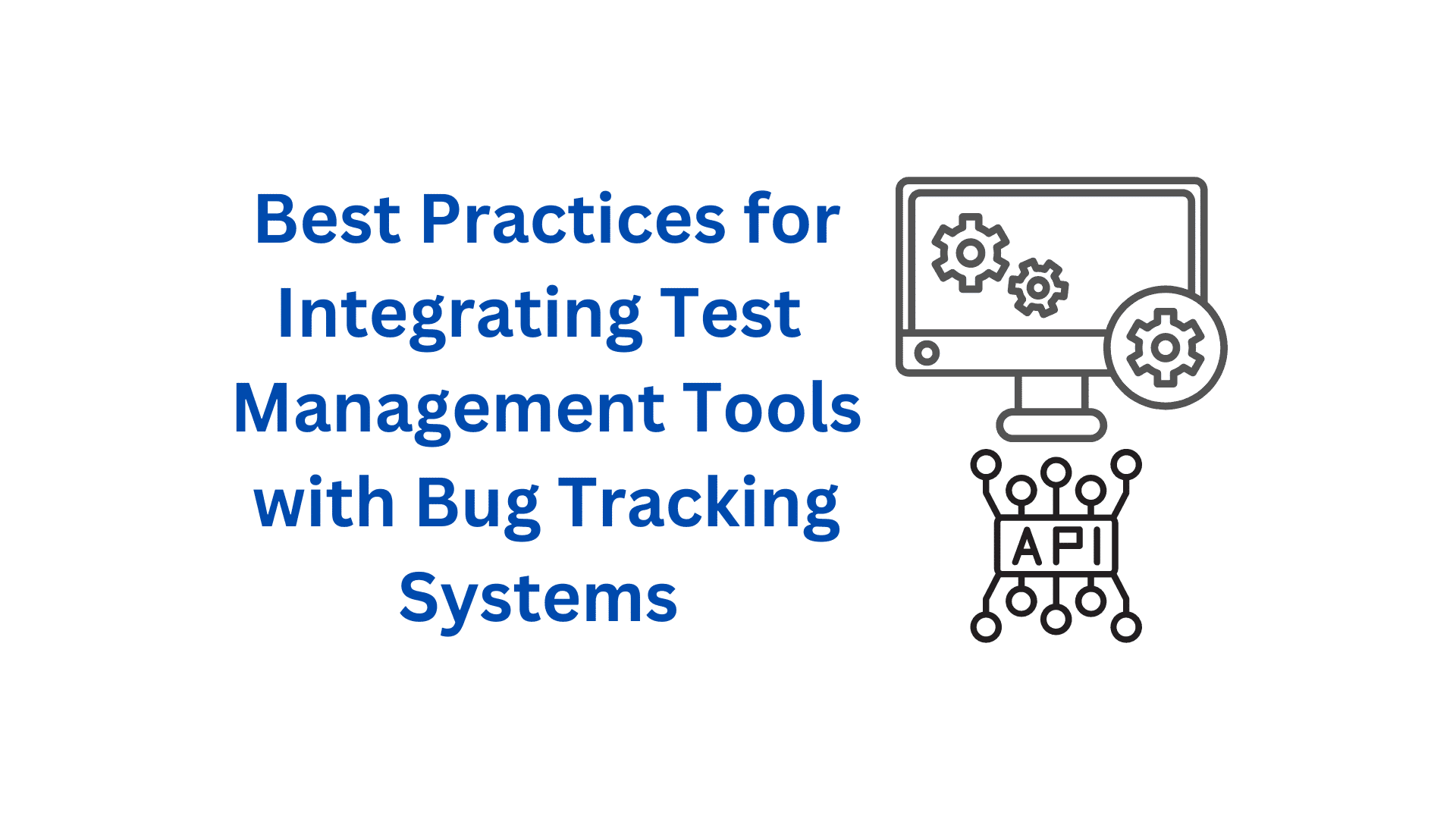The thing about modern software applications is that it only takes one glitch or slow response. Only this for them to lose users in a heartbeat. That’s why testing is now given a huge importance in the development process.
However, old testing methods. Ones that include using standalone tools just don’t cut it anymore. You need a smart, connected, integrated platform that brings all aspects of quality assurance under one roof.
Just imagine having a test management tool that allows integrations. Everything, from API testing to CI/CD pipelines to project management platforms, all in one platform. Suddenly, testing won’t be a chore. It’ll be like a smooth, collaborative journey that speeds up releases without sacrificing quality.
Today, we’ll dive into how modern test management softwares are changing testing. From a box-checking exercise to a strategic advantage. So, let’s start.
How Have Test Management Tools Made QA Easier?
We’ve been exposed to software QA for over a decade. And we won’t lie, things were hard back in the day.
Teams relied on spreadsheets or standalone tools to manage test cases and defects. This approach was redundant and error-prone. It led to communication gaps between developers and testers.
However, with the increasingly advanced features of software applications. As well as the adoption of agile methodologies. Organizations have started to realize the need for centralized platforms.
Fortunately for them, new test management tools, like Kualitee, emerged. They offer features such as:
- A centralized test case management system
- Automated test execution
- Defect tracking
- Requirement traceability
And many more. These tools replaced multiple workflows with a single source of information. They have massively improved visibility and accountability across teams.
Why Is API Testing Important in QA?
If you’re a beginner in the field of QA or software development. There’s a good chance you might’ve heard the word “API” being thrown around here and there.
It stands for Application Programming Interface, and it’s the backbone of digital experiences. APIs power interactions between web services, mobile apps, third-party platforms, and microservices.
Testing them is quite important. And that’s because API failures can cripple systems. This can result in broken user journeys and exposed security vulnerabilities.
How Does Test Management Integrate API Testing?
There are dedicated API testing tools out there that help massively. They provide scripting and validation capabilities. But the thing is that using them in an isolated environment won’t bring their true colours to life.
In order to maximize their impact, QA teams can integrate these tools with a full-fledged quality assurance platform. Doing so brings the following benefits.
- Centralized Reporting: API test results are brought into QA dashboards. Alongside UI and regression tests.
- Unified Traceability: The API test results can be linked directly to requirements and defects.
- Automated Workflows: Test suites that deal with API can be triggered as part of CI/CD pipelines. The outcomes can be viewed in your main test repository.
So basically, a test management tool that allows testers to enable such integrations not only enhances coverage. But also speeds up feedback loops. Faster release cycles are achieved this way, without compromising on quality.
Extending the Capabilities of Test Management Tools with Integrations
As mentioned, the true power of a test management tool lies in its flexibility. And by flexibility, we mean its ability to connect with other pieces of your software delivery puzzle.
That said, the following are some ways that modern test management tools go beyond basic test case management.
1. Integrations with API Testing Tools
Testing teams often struggle to correlate API test results with the broader testing efforts or development cycles. This slows down issue detection and resolution. Here, integrations with a test management tool can prove to be a lifesaver. Especially when it comes to incorporating API testing into your overall quality strategy.
By integrating API testing tools directly into the QA testing tool. Teams gain a one-glance visibility across all types of tests. Be it API, UI, performance, or security.
This centralized view simplifies the tracking of test coverage and results. It ensures nothing is missed. Furthermore, the automated importing of API test cases and their execution results eliminates manual data entry. Errors are reduced and time is saved. Teams get a double win.
The benefits don’t end there, though. When tests fail, the integration can also trigger automatic defect creation within the same platform. Faster triage and resolution are achieved by development teams.
2. Continuous Integration (CI) & DevOps Toolchains
Besides API testing, integrating the test management tool with continuous integration (CI) and DevOps pipelines is recommended. And that’s because it further accelerates feedback loops.
Tools like Jenkins and Azure DevOps can automatically trigger test execution for every build or pull request. Allowing teams to catch issues early in the development cycle. This automation feeds results back into your test management platform.
Thanks to this, detailed reports and trend analyses can be accessed without manual intervention. Identifying bottlenecks or flaky tests before they cause delays has never been easier for QA teams.
3. Version Control Systems (VCS)
Like CI and DevOps pipelines, connecting your test management platform to version control systems is always a good idea. Such systems include GitHub and Bitbucket. This bridges the gap between code changes and testing activities.
This link also facilitates traceability. Especially from every automated test run to the specific commits that initiated them.
When it comes to debugging and compliance, such audit trails are important. And you’ll be getting them on a silver platter with these integrations.
4. Issue and Project Management Tools
Effective QA also depends on aligning defect management and project tracking. Hence, a test management tool that’s able to integrate with project management tools like Jira and Asana proves quite handy.
It enables bi-directional sync of defects, user stories, and test coverage. This smooth communication ensures developers and testers stay on the same page. It reduces delays and miscommunications.
Kualitee: An Example of API-Centric Test Management Tool

Kualitee is the leading test management tool. It not only provides users with features related to test cases but also gives integration flexibility. It enables QA teams to:
- Import and manage API test cases from popular frameworks and tools.
- Execute both manual and automated tests in the same interface.
- Sync with CI/CD and issue trackers. Along with VCS for end-to-end traceability.
- Create custom integrations via REST APIs. This way, the unique workflows are tailored for your team.
Other features include requirement mapping and real-time analytics. There’s also defect lifecycle management. All of these ensure that every aspect is seen for continuous improvement. So, sign up today to get your hands on all these amazing features.
Conclusion
These days, there are test management tools, like Kualitee, that are completely changing QA. They allow integrating API testing, CI/CD pipelines, and project management platforms.
These integrations improve collaboration and streamline workflows. In turn, faster release cycles are achieved without sacrificing quality.
QA teams get customized reporting, unified traceability, as well as automated defect creation. All these things that the test management tools offer let users maintain effective collaboration. The development process also becomes more efficient. Such integrated solutions are important for organizations that aim to stay competitive in the long run.
















































